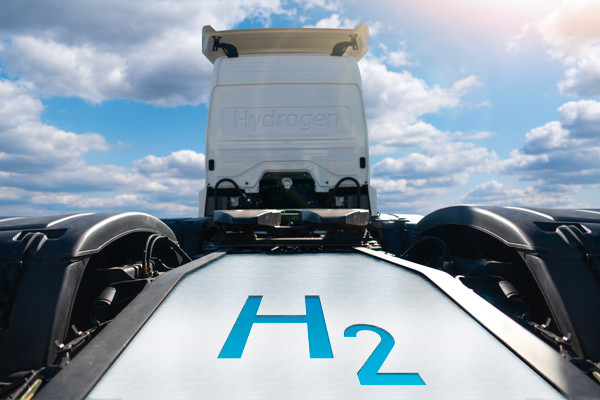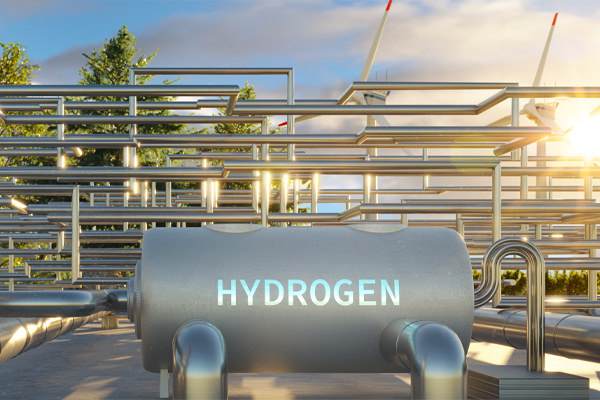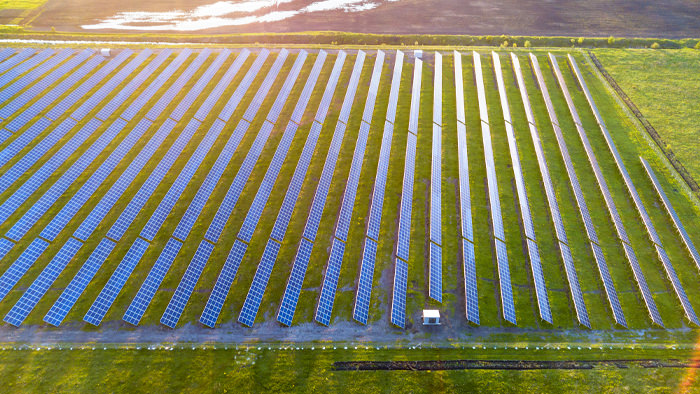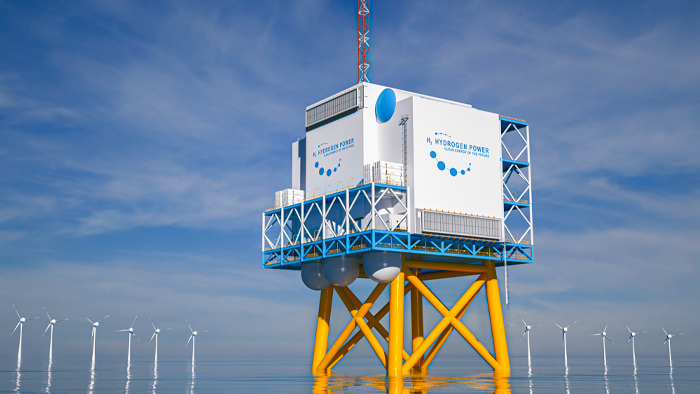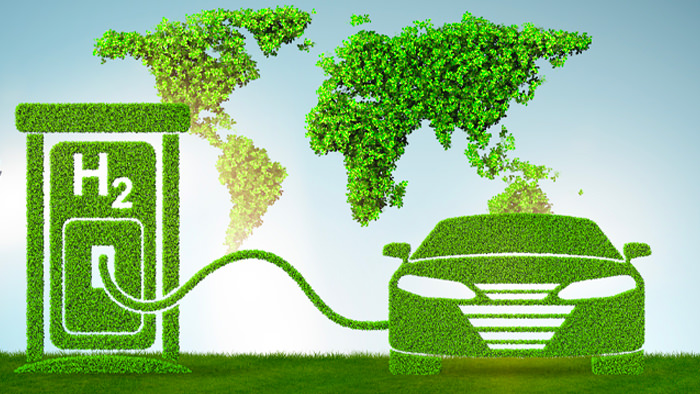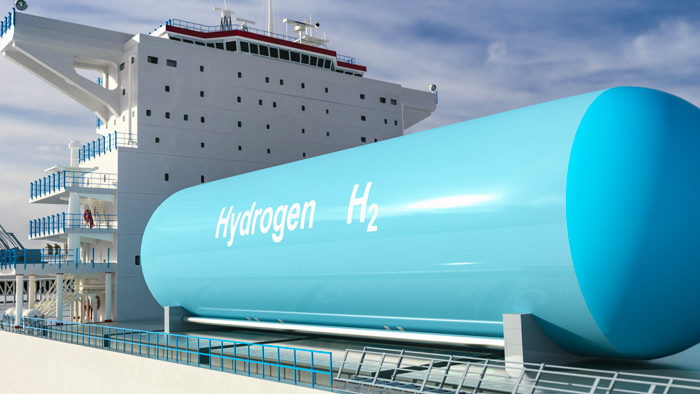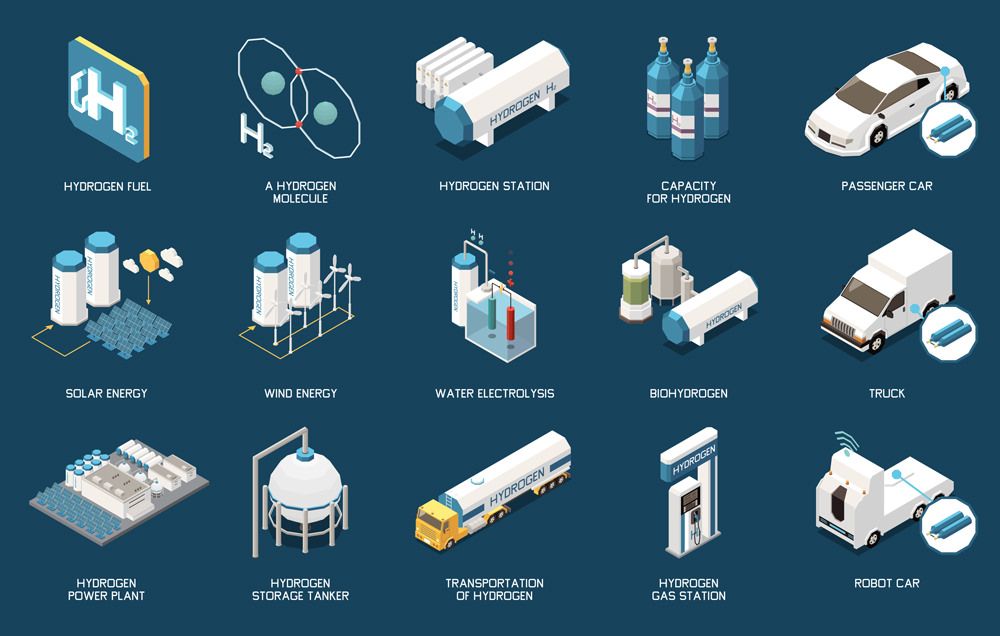WHAT IS IT?
Hydrogen, the first element of the periodic table, is the oldest and most abundant element in the universe. 75% of the mass of the universe is made up of hydrogen. Two hydrogen atoms combine with each other and give rise to gaseous molecules (H2). The gas is colourless and odourless.

